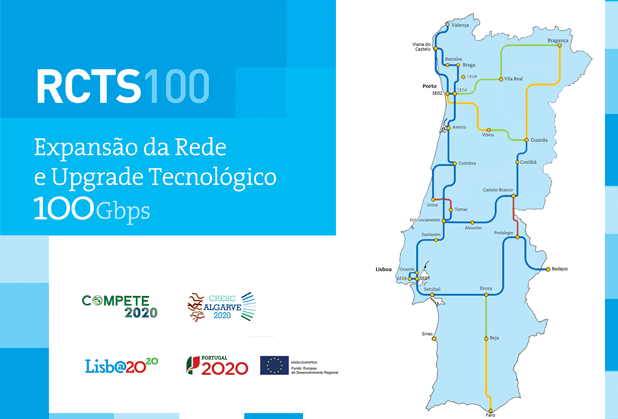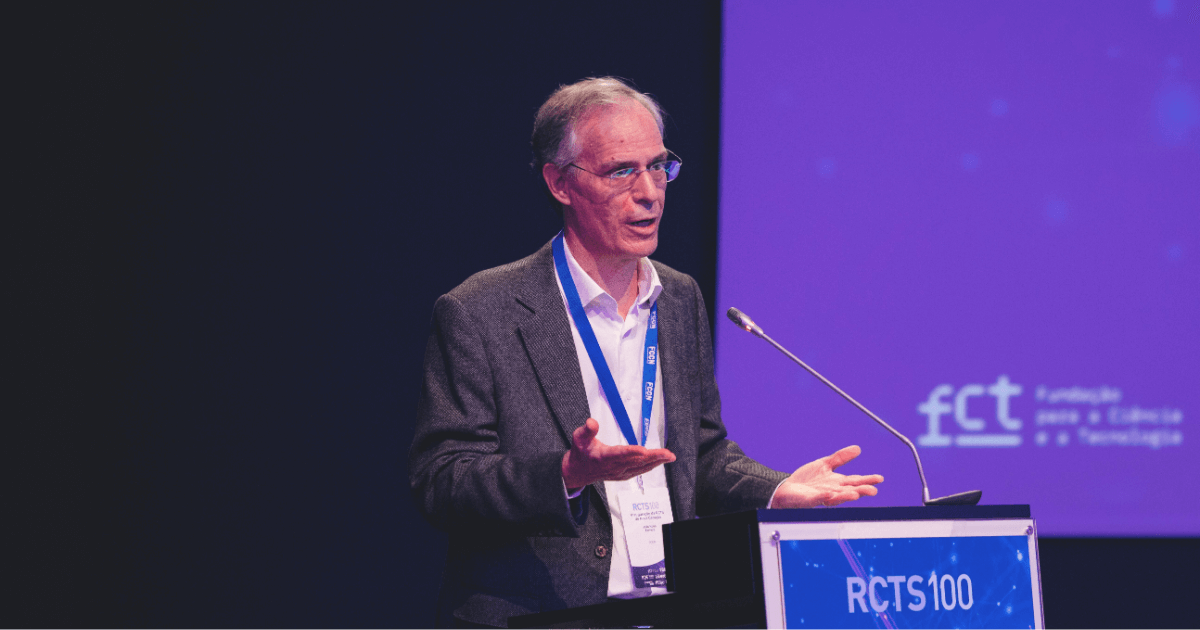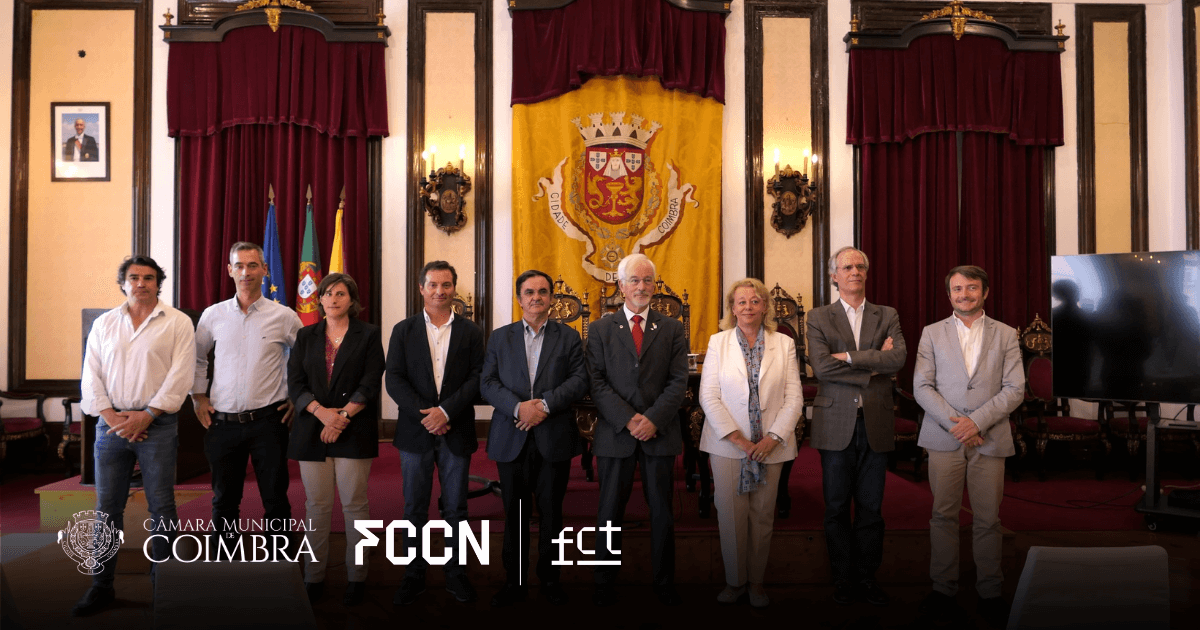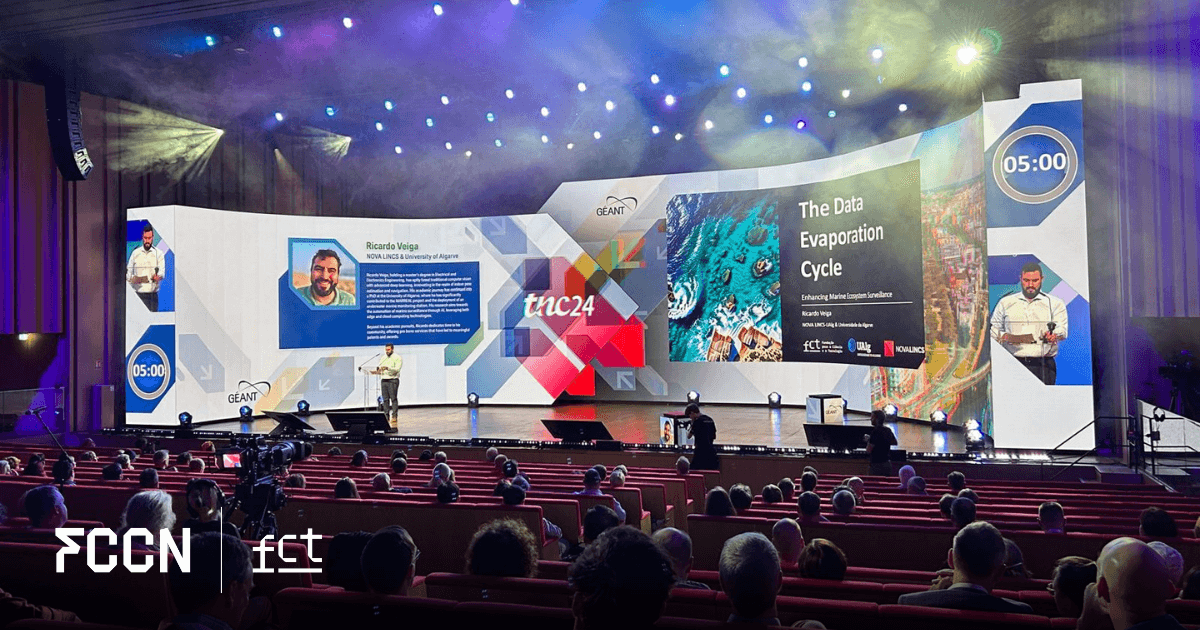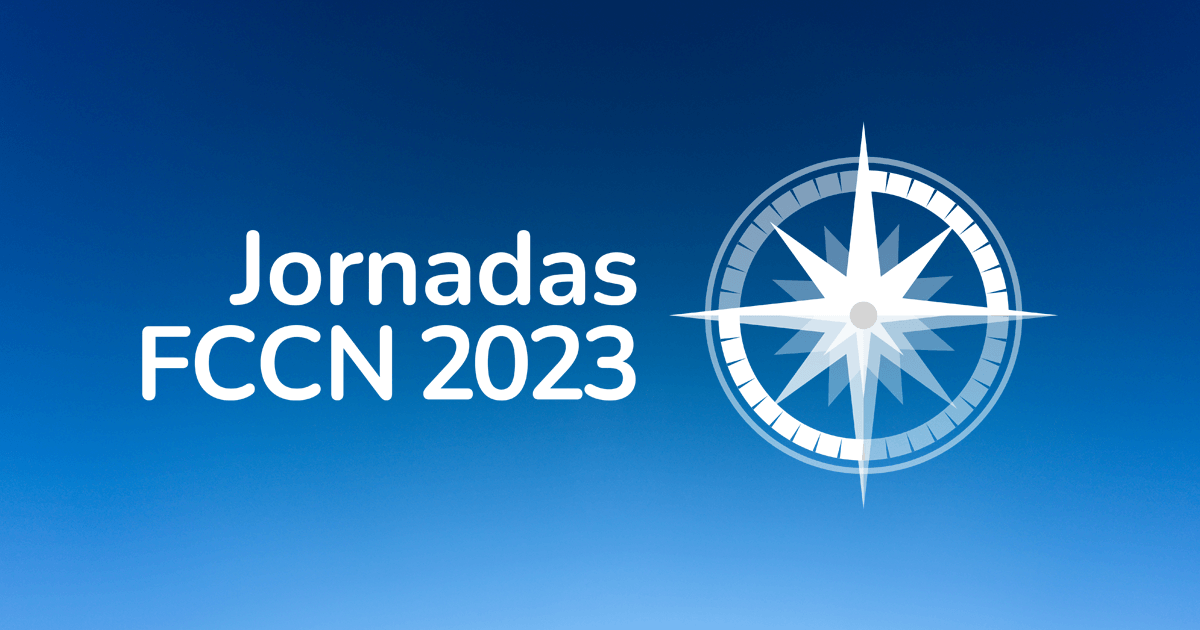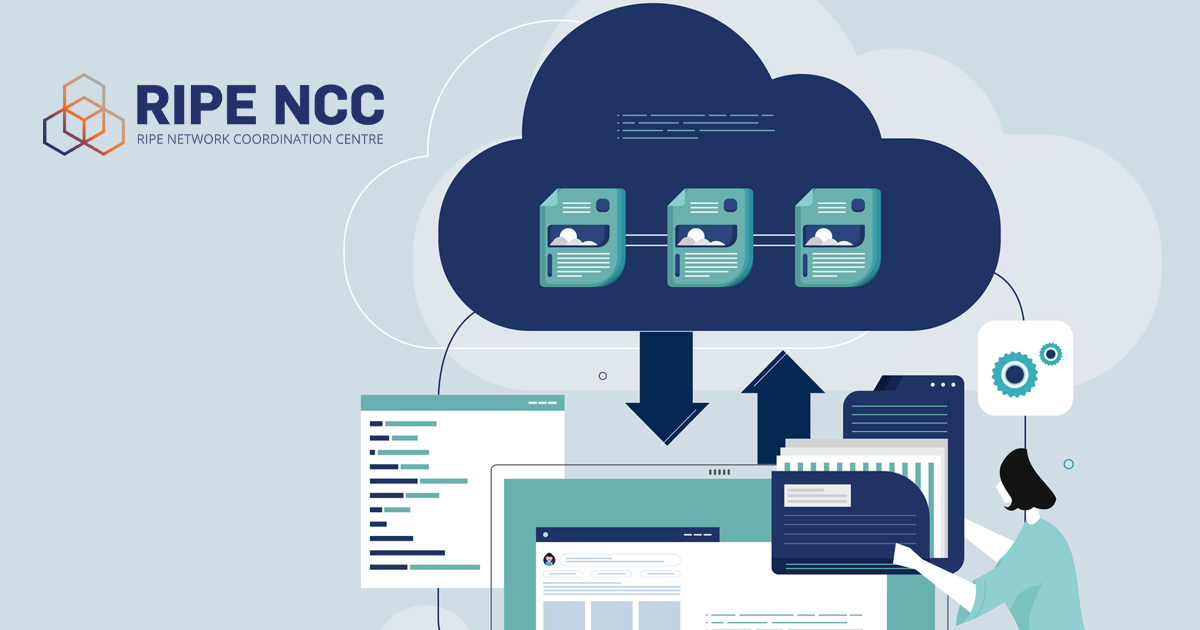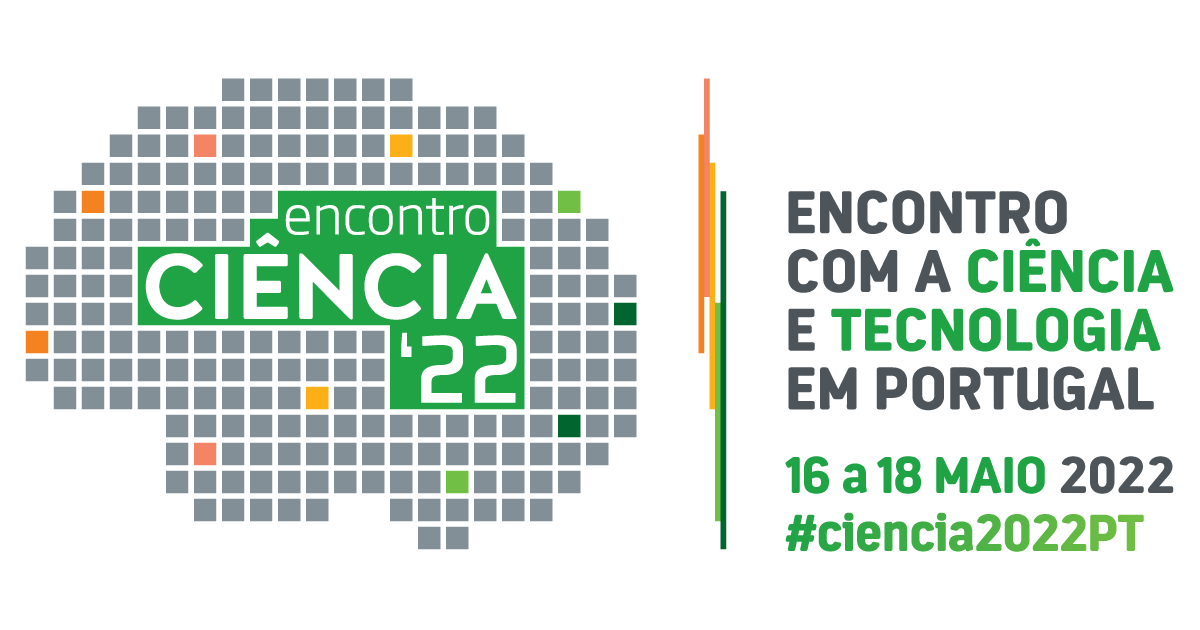Minister of Science, Technology and Higher Education, Manuel Heitor, inaugurates the first steps of the RCTS100 project in Bragança and Vila Real - an initiative of the FCCN Unit that will extend the fiber optic footprint of the national academic network (Science, Technology and Society Network - RCTS).
Two access upgrades to the national academic network were inaugurated in Bragança and Vila Real. The inauguration ceremonies, attended by the Minister of Science, Technology and Higher Education, Manuel Heitor, mark a speed increase of 400% (from 2Gbps to 10Gbps), with plans to expand the connection to 100Gbps by September 2021.
These improvements are included in the RCTS100* project of the National Scientific Computing Unit of the Foundation for Science and Technology (Unit FCCN), which is responsible for operating and managing the Science, Technology and Society Network (RCTS). This initiative, carried out under the National Roadmap for Research Infrastructures of Strategic Interest (co-financed by COMPETE 2020, Lisbon 2020, Algarve 2020), will make it possible to strengthen the infrastructure of this network.
The RCTS Network is the national academic network, which ensures interconnection and access to the Internet by the education and research community. Thanks to this investment of around 17.2 million euros, it will be possible to ensure the gradual capacity building of the network in multiple 100Gbps connections. The completion of the RCTS100 project is scheduled for September 2021.
The impact of upgrades
In total, nine Higher Education entities will be covered by this project, thus reinforcing their connections: Polytechnic Institute of Bragança (IPBraçança), Polytechnic Institute of Beja (IPBeja), Polytechnic Institute of Castelo Branco (IPCB), Polytechnic Institute of Cávado and Ave (IPCA), Polytechnic Institute of Viseu (IPV), Polytechnic Institute of Tomar (IPTomar), Polytechnic Institute of Guarda (IPG), University of Beira Interior (UBI) and Trás-os-Montes and Alto Douro University (UTAD).
Thanks to this upgrade, it is possible for these higher education institutions to ensure the reinforcement and upgrade of their local networks. Besides acting as an accelerator for existing technological plans, this reinforcement also allows a more efficient use of the infrastructure provided by RCTS.
This upgrade is made possible by several investments made in the entities covered by the RCTS100 project, such as the technological upgrade of local networks, by increasing the network switching capacity to 10Gbps or 100Gbps, the upgrade and expansion of Wi-Fi networks (eduroam) and the strengthening of security equipment.
The changes implemented will be reflected in the capacity of institutions to accommodate the increase in traffic caused by the greater number of devices connected to the network and by the implementation of distance learning methodologies - namely the greater use of streaming services (both in the classroom context and in the development of assignments and research projects).
Technology in the service of Education
The RCTS1000 project will result in the availability of a high performance and quality network for the institutions covered by the project. With the availability of this infrastructure, it is also intended to encourage the use of technology in the classroom, as a way to improve learning. On the other hand, with regard to scientific production, the availability of this new infrastructure will enhance participation in research projects with high connectivity requirements.
Similarly, at the level of the academic network backbone, the activation of new fibre optic routes has already been guaranteed, in order to create two rings: the Beira Litoral ring (IPLeiria and IPTomar) and the Alto Alentejo ring (UÉvora, IPPortalegre, IPSetúbal, IPCasteloBranco and IP Santarém). As a result, these 7 RCTS entities now benefit from a more resilient access to the academic network and to the Internet overall, as they now have available two possible access routes to the network.
In terms of communication, these rings are an advantage from the point of view of network redundancy, since a serious failure in one of the ring's points does not result in the loss of connectivity of any of the entities served by this infrastructure. Thus, the expansion of the RCTS fibre-optic infrastructure will also contribute to improving the network's resilience in the event of accidental fibre-optic cuts.
Fighting the digital divide
The first upgrades of the RCTS100 project, inaugurated on 13 November, at the Polytechnic Institute of Bragança and at the University of Trás-os-Montes and Alto Douro, consist of an increase from 2Gbps to 10Gbps. Resulting in a speed increase of 400%, as well as the empowerment of the internal network, these improvements are significant steps towards breaking the digital divide, reducing the existing difference between the coast and the interior of the country in technological access.
In addition to the inauguration of the RCTS 100 project, a cooperation protocol was also signed between the Foundation for Science and Technology (FCT) and UTAD, for the installation of an Advanced Computing Competence Centre at this higher education institution, an initiative under the INCoDe.2020 programme. After the creation of this infrastructure, UTAD will join the National Network for Advanced Computing, which will enable this strengthening of national scientific production in the field of advanced digital skills, artificial intelligence and big data, in various areas of knowledge, to be extended to the interior.
* Project co-financed by the Technical Assistance Operational Program, Portugal 2020 and the European Union, through the European Regional Development Fund.
